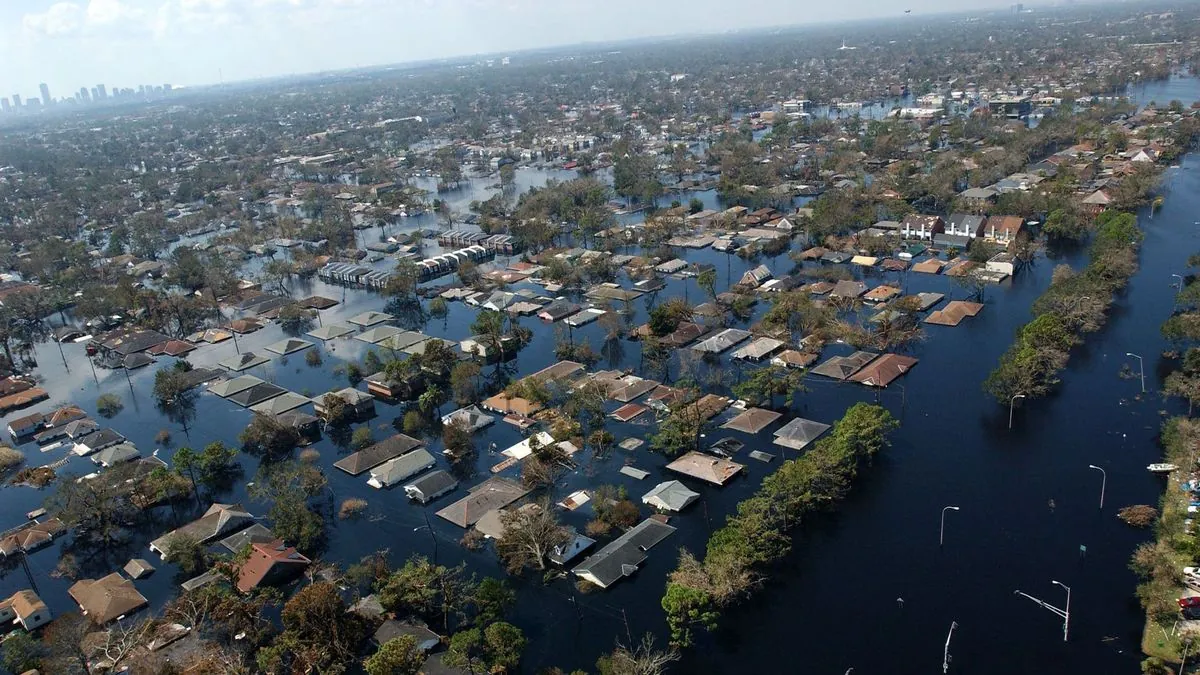Approximately one year ago, Tropical Storm Debby unleashed torrential rains on the southeastern United States, causing widespread flooding and prompting emergency responses across multiple states. The storm, which had previously made landfall in Florida as a hurricane, continued to pose significant threats to coastal regions of Georgia and South Carolina.
The National Hurricane Center predicted catastrophic flooding, with rainfall totals expected to reach between 10 and 20 inches in parts of Georgia, South Carolina, and North Carolina over the course of several days. This deluge prompted governors to declare states of emergency, enabling the mobilization of resources and requests for federal assistance.
Tropical Storm Debby exhibited sustained winds of 45 mph as it moved slowly near Savannah, Georgia. The storm's slow progression exacerbated flooding risks, with the potential for impacts to extend into the mid-Atlantic region.
Coastal cities bore the brunt of the storm's impact. Savannah, known for its historic district and antebellum architecture, had already received over 8 inches of rain. In Charleston, founded in 1670 and one of the oldest cities in the United States, Mayor William Cogswell extended a citywide curfew, anticipating more than 2 feet of rainfall.
"There are not enough pumps in the world to handle that much rain."
The storm's effects were not limited to flooding. Power outages affected nearly 110,000 customers in Florida and over 17,000 in Georgia. The National Hurricane Center also warned of the potential for tornadoes, a common occurrence in the right-front quadrant of tropical cyclones.
Tropical Storm Debby's impact extended beyond immediate weather concerns. Vice President Kamala Harris postponed a scheduled campaign stop in Savannah, while residents in affected areas prepared for evacuation or hunkered down to weather the storm.
As Tropical Storm Debby continued its slow journey along the coast, meteorologists and officials remained vigilant. The storm served as a stark reminder of the increasing intensity of tropical cyclones, a trend scientists attribute to climate change. With the Atlantic hurricane season typically running from June to November, coastal communities must remain prepared for future storms and their potentially devastating effects.
